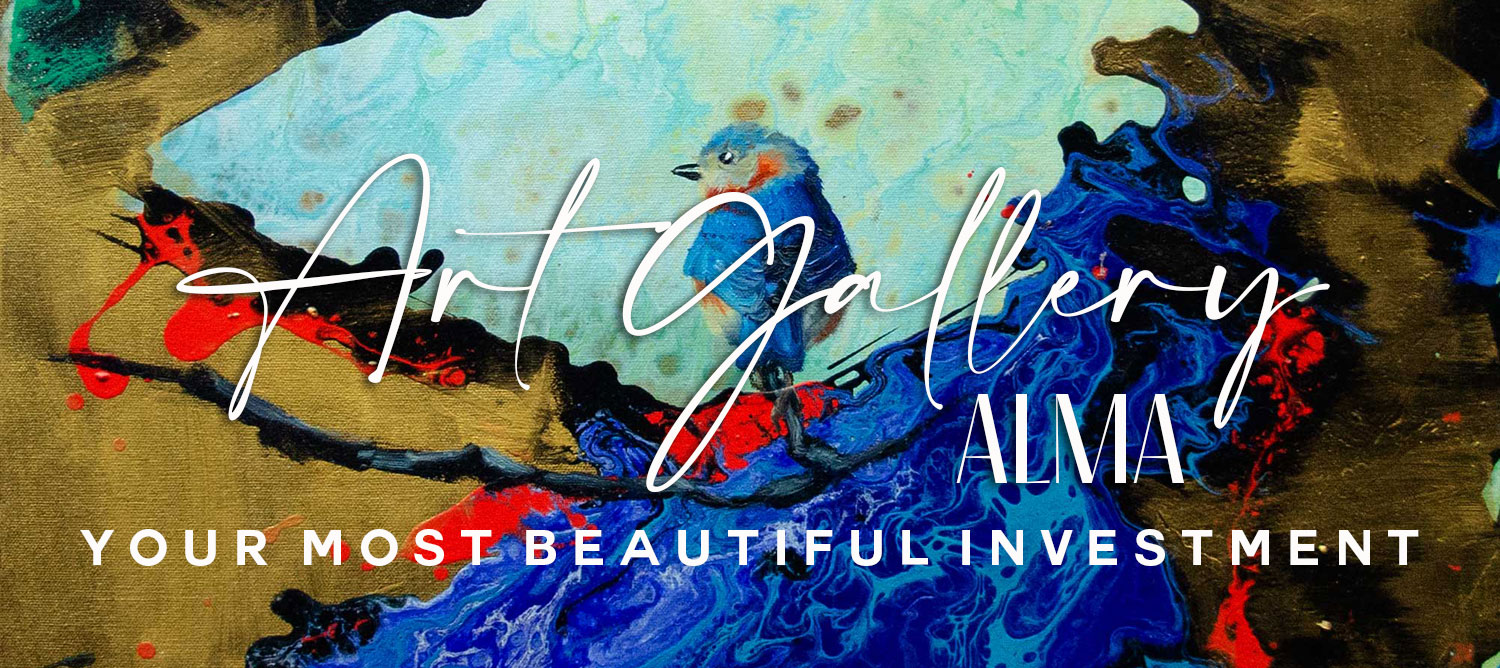Your cart is currently empty!

ART INVESTMENT
WHY YOU SHOULD CONSIDER ART AS A SMART INVESTMENT
My name is …. I am a….
In the ever-evolving world of finance, savvy investors are always on the lookout for new opportunities to diversify their portfolios and secure long-term wealth. One of the most intriguing yet often overlooked options is investing in art. While stocks, bonds, and real estate dominate the conversation, art offers a unique blend of financial potential, cultural enrichment, and personal satisfaction. Here’s why buying art could be one of the smartest investment decisions you make.
HISTORICAL PERFORMANCE AND PROVEN RETURNS OF ART AS AN INVESTMENT
Art has long been considered a safe haven for wealth, particularly in times of economic uncertainty. Historically, the art market has shown impressive resilience and even growth when other investment vehicles falter. According to the research of William J. Baumol, in his seminal work “Art as an Investment and Connoisseurship,” art has demonstrated the ability to retain and increase in value over time, offering returns that often rival or exceed traditional investments.
Furthermore, Michael Moses and Jianping Mei, in their widely cited study “Returns from Investing in Art: An Empirical Analysis,” introduced the Mei Moses Art Index, which tracks the value of fine art. Their findings revealed that the annualized returns from art can be comparable to equities, making it a viable option for those looking to diversify their portfolios with tangible assets.
CULTURAL AND EMOTIONAL VALUE
Beyond financial returns, investing in art offers cultural and emotional dividends that no stock or bond can provide. Art enriches your life, offering a sense of fulfillment and personal connection. Owning a piece of art is like owning a piece of history, culture, and human creativity. It’s an investment in beauty, inspiration, and intellect.
For this reason, in Art Gallery Alma we are dedicated to select Art that meets three essential requirements: The first one is the selection of original works, unique works duly certified by the Artist to ensure the value of each work of art.
The second requirement is that the artwork complies with all the fundamentals of form, that is to say, that the artwork shows a great mastery in the technical execution of the work.
Thirdly, the work must have content, it must expand the consciousness of the viewer, as we pointed out in Art Gallery Alma, the work must resonate in the Soul. For these reasons we have the privilege of having the exclusive works of the great contemporary artist Aldo Acosta Scholz, whose works not only illuminate the soul for its beauty and poetry but also for the deep content implicit in each of them.
Victor Ginsburgh and Jean-Michel Montias, in their exploration of the art market, emphasize the non-monetary benefits of art ownership. Their work in “The Economics of Aesthetics and Record Prices in the Art Market” highlights how art can elevate one’s quality of life, providing both aesthetic pleasure and a sense of pride.
ART AS A HEDGE AGAINST INFLATION AND MARKET VOLATILITY
Art also serves as a powerful hedge against inflation and market volatility. As the value of money fluctuates, the intrinsic value of art remains intact. This is particularly true for blue-chip art—works by well-established and renowned artists—whose value tends to appreciate over time.
Rachel Campbell, in her article “The Performance of Art as an Investment: A Long-Term Perspective,” underscores the role of art in a diversified portfolio. She argues that art not only provides returns but also reduces overall portfolio risk, acting as a buffer during economic downturns.
LIMITED SUPPLY AND GROWING DEMAND
One of the most compelling reasons to invest in art is the simple law of supply and demand. The number of masterpieces is finite—there are only so many works by Picasso, Van Gogh, or Warhol. As global wealth increases, so does the demand for these rare and coveted pieces. This growing demand against a fixed supply drives prices higher, offering significant upside potential for investors.
Olav Velthuis, in his insightful article “Art Market Bubbles: Can Emerging Markets Manage Them?” discusses the surge in art prices, especially in emerging markets. He notes that as more people around the world recognize the value of art, the competition for high-quality pieces intensifies, further boosting prices and investment returns.
A LEGACY THAT LASTS
Investing in art is not just about financial gain—it’s about leaving a legacy. Art can be passed down through generations, increasing in value and becoming a cherished family heirloom. It’s an investment that transcends time, offering both personal and financial rewards long after other investments have come and gone.
WHY YOU SHOULD CONSIDER ART AS A SMART INVESTMENT: CONCLUSION
At Art Gallery Alma we are convinced that the art market is more than just a playground for the wealthy elite—it’s a viable, tangible investment option with historical evidence to back its potential for significant returns. By investing in art, you are not only diversifying your portfolio but also investing in culture, beauty, and a lasting legacy. With expert insights and a track record of proven returns, the question isn’t whether you should invest in art, but rather, when will you start?

Art Gallery Alma ®
